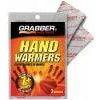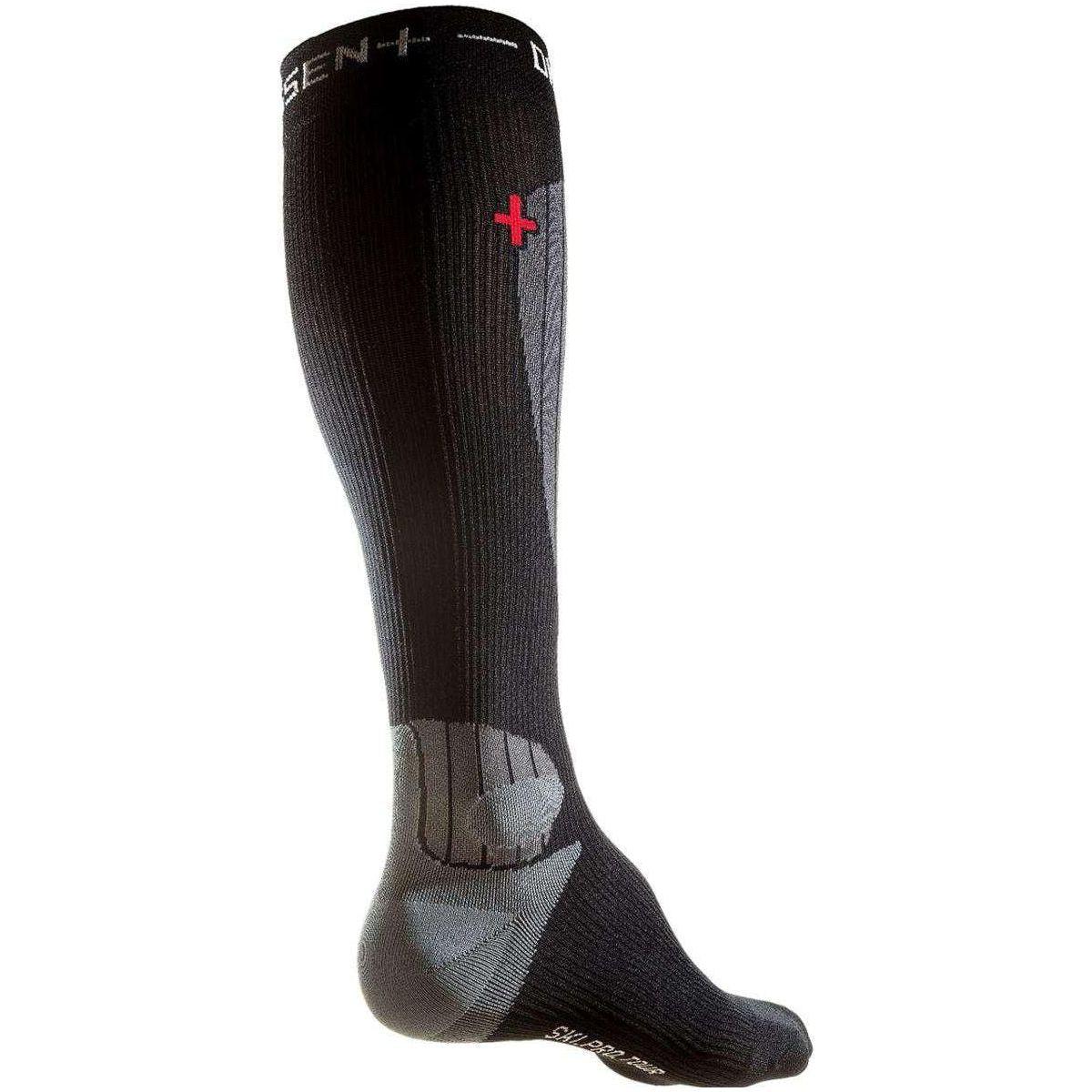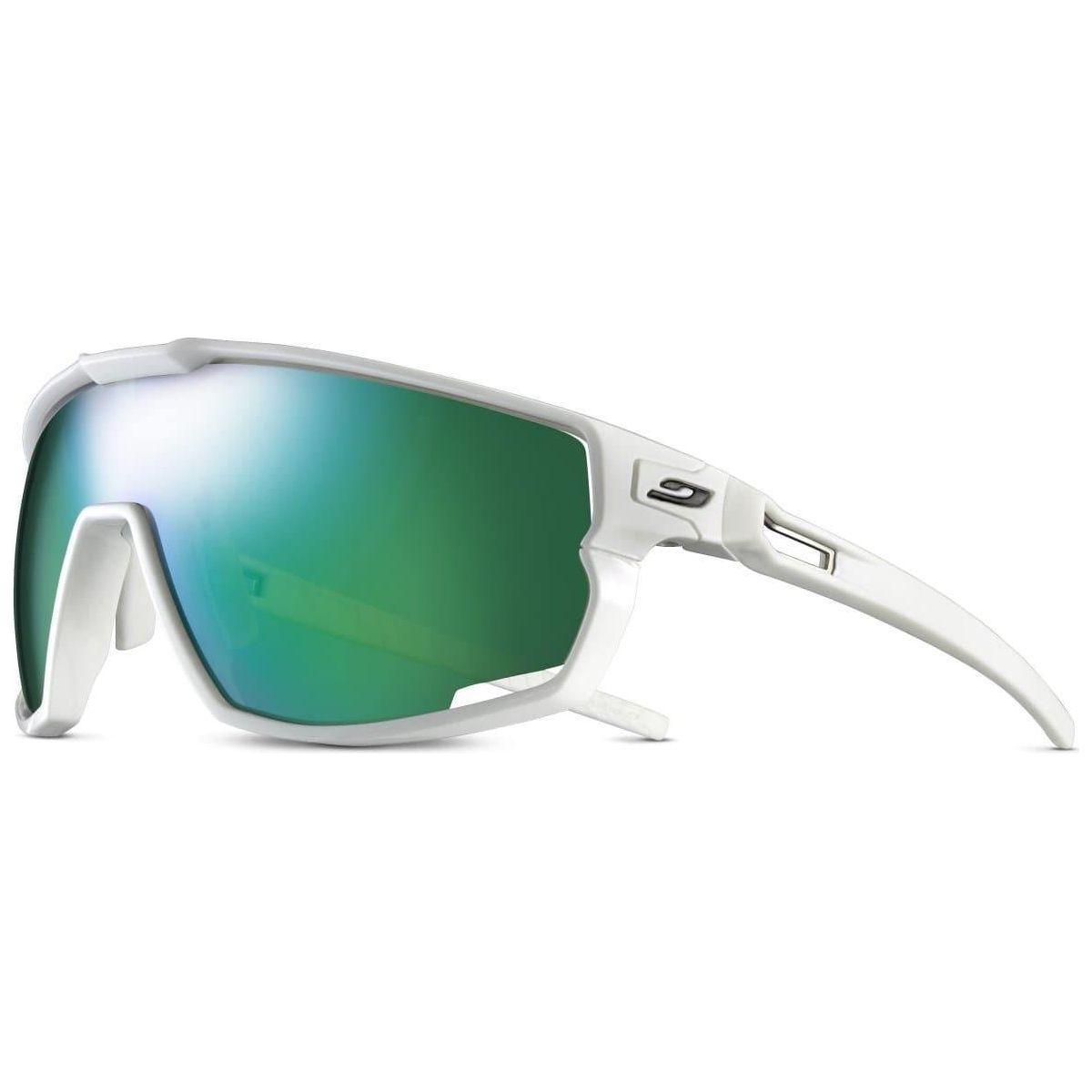TJ Trombly harvesting spring corn and dead grass at the base of Snowmass. Still mass amounts of snow to be skied this spring season. Ultralight setup (left) ready to rip. TJ prepared for a casual spring day (center). Skis, skins, and poles post-tour (right).
I consider a lightweight touring ski to be anything under 1500 grams. The Dynastar Vertical Eagle is certainly a lightweight touring ski. Let me rephrase in saying the Vertical Eagle is an ultralight touring ski weighing in at a slender 1100 grams (170cm). When I bought this ski, I wanted a ski for uphill training that was as light as possible without being a hyper-skinny, race ski (randonee race, not alpine race). The Vertical Eagle measures 86 mm underfoot, with a 118 mm tip and a 106 mm tail. I was attracted to these dimensions because I also wanted the flexibility to take it into easier terrain in the backcountry.
Dynastar says that it was designed 'to propel committed adventure skiers deeper into the mountains.' They describe dreams of long missions crossing the Alps, and even bivouacs along the way. I dream of this too, but for me in the Colorado Rockies, I would use it for the Elk Mountains Grand Traverse from Crested Butte to Aspen and maybe even ski mountaineering on some of Colorado's 14ers. Over the course of this season, I put the Vertical Eagle to the test in hopes of propelling myself deeper into the mountains.
The Performance
The Vertical Eagle packs a surprising amount of performance into such a humble package. The ski's stiffness and rigidity can be attributed to its full-length ABS sidewalls, which is a rare feature to see in a 1100g ski. A full sidewall brings increased dampening, edge control, and durability that an otherwise capped ski cannot provide. The tips tend to wander just a bit when flying down hard, frozen snow. The tip-wandering is due to the significant tip rise, which helps keep the ski on top of powder, variable windblown snow, and uneven spring corn. However, the tip rocker means less ski in contact with the snow's surface and that provides the opportunity to have the ski chatter once above a certain speed (say while arching turns on a freshly groomed trail). Indeed, this ski was designed to competently handle all snow conditions one might encounter while crossing the Alps, and less intended for carving groomers on the resort. A more backcountry-oriented ski is fine with me.
Nevertheless, I do use it for one-up/one-down training days at the resorts and I do push the speed limit coming down for fun and to train for the pace of fast descents during races. In fact, I decided to use this ski for the Aspen Power of Four: a race up and down each of the 4 mountains in Aspen covering 24 miles and 11,000’ of vertical gain. I could have been defined as racing in the lighter end of the heavy metal category as most racers chose skis weighing closer to 700 grams. The added 400 grams is equivalent to a can of chicken noodle soup, and for the extreme increase in downhill performance, I was willing to make the sacrifice. This ski made the downhill portions of the race so much faster for me that it might have made up for some of the weight penalty going up.
The Construction

The author’s Vertical Eagles mounted with the 210 gram Dynafit Superlite 2.0 bindings (center). The total ski weight coming in at 1300 grams. That's about the weight of a full-developed human brain. Coincidence? I think not. The minimalist top sheet design (left) screams dark horse skimo crusher. Vertical Eagle specs are shown (right). Why does the French-branded F-Team 87 Carbon have an 86 mm waist width? Maybe some numbers were lost in translation.
The core is made from a combination of paulownia wood and ultralight foam wrapped in Dynastar’s Carbon C-Ply (woven carbon fiber) material. This core is sandwiched with a high-density Ptex base and abrasion-resistant top sheet. The Dynastar's high-tech construction makes for a very solid and responsive ski at an incredibly lightweight. Researching the build techniques for this ski made me realize the new-age technology that goes into saving weight in ultralight touring skis and definitely instilled more confidence in its ability to ski downhill! With the Vertical Eagle underfoot, I can confidently hammer frozen bumps coming down Burnt Mountain or Highlands Bowl without worrying about losing an edge or compromising the core.
The turning radius is a wide 20 meters. This is larger radius helps brings stability to the ski at higher end speeds. That being said, I have no trouble pushing this ski from a large radius turn into tighter, more rapid turns when needed. Large turns are facilitated by the large turning radius, and then shorter turns are possible due to the skis lightweight. The ski has a mid-soft tip with a large shovel to help with turn initiation, and the stiff mid-section and tail build energy to snap you out of each respective turn. All nerdy construction/shape talk aside, the Vertical Eagle is a beautiful ski. Its black top sheet uses graphics sparingly and tastefully. Fast and light: both in design and graphics.
The lightweight, stiff flex, wide rockered tip, and energetic tail make the Vertical Eagle hungry for any snow conditions available. This ski was built for high alpine traverses and descents in steep and variable snow. I think that its performance in the Aspen Power of Four could qualify the Vertical Eagle as a trans alp ski, mountaineering ski, and even a powder race ski, as I like to call mine. The shape and construction of this ski all have the design intent of being used as a tool for fast and light ski touring. They're stable yet light. They have confident edge control. And they can initiate predictable turns. These are all great qualities for when you want to effortlessly fly uphill and confidently charge downhill.
The Specifications
- Length: 170cm
- Weight: 1100g
- Dimensions: 118/86/106
- Radius: 20m
- Flex: Medium-Stiff Tip / Stiff Underfoot / Stiff Tail
- Profile: 10/90/0 (10% rockered tip, 90% camber underfoot, 0% tail rise)
- Core: Paulownia / Ultralight Foam / Carbon C-Ply wrapped
- Construction: Full ABS sidewall sandwich




